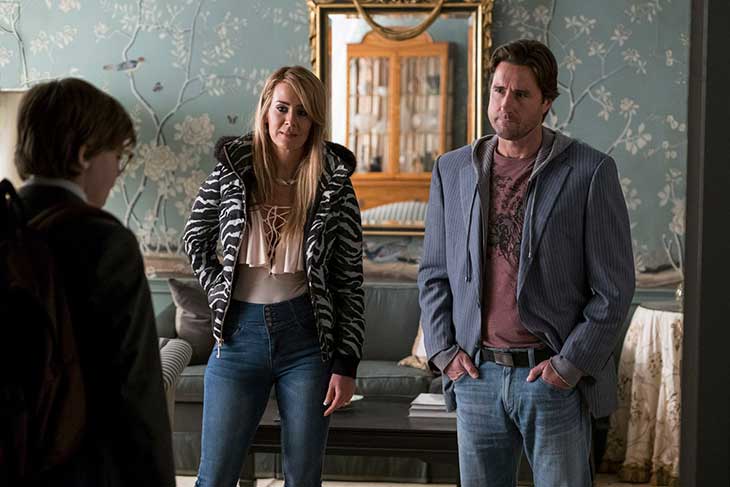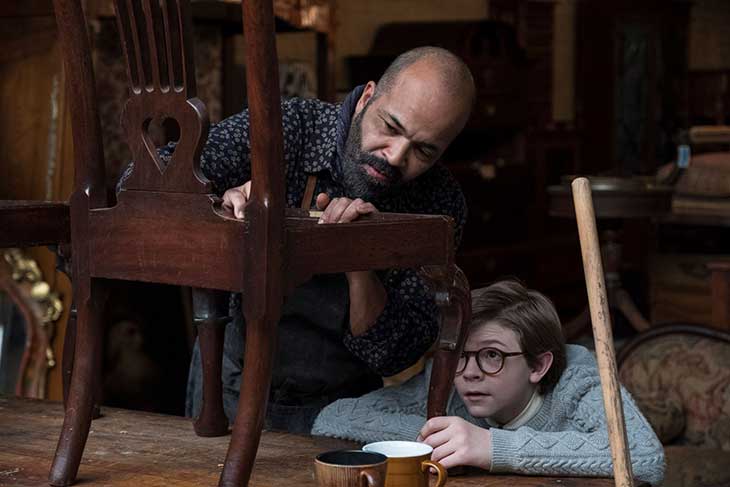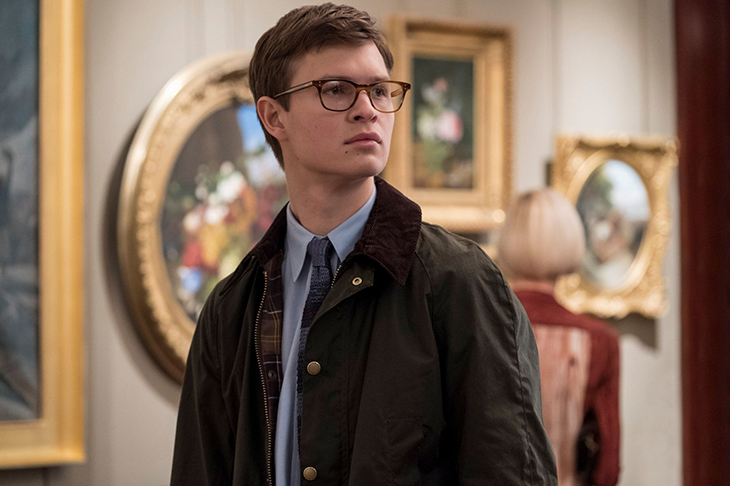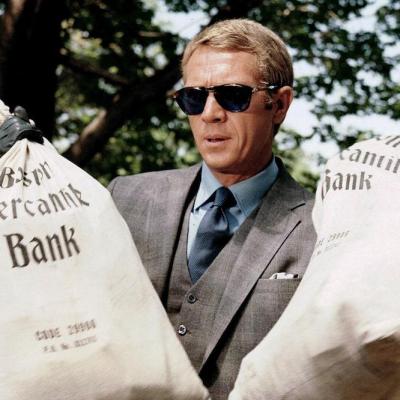There are two explosions in John Crowley’s The Goldfinch – one fictional, one true. The first is a terrorist attack at the Metropolitan Museum of Art in New York, which sets off a chain of consequences that are to profoundly affect the life of 13-year-old Theo, the film’s protagonist (Oakes Fegley). His mother dies in the blast, just after showing him her favourite painting, Carel Fabritius’s oil of a little bird chained to a perch on a whitewashed wall. When the teenage boy regains consciousness on the floor of the debris-strewn gallery, he is persuaded by a dying fellow visitor to ‘save’ the diminutive painting, which he duly tucks inside his jacket and purloins from the museum amid the chaos.
The second explosion, related by a character in the film, is the real one in Delft that killed Fabritius, a pupil of Rembrandt, the same year he painted The Goldfinch (Egbert van der Poel’s painting A View of Delft After the Explosion of 1654, in the National Gallery in London, records the aftermath.) The artist’s studio, with many of his paintings, was destroyed when the town’s gunpowder magazine ignited – but the captive bird survived.
Sarah Paulson and Luke Wilson in The Goldfinch (2019). Photo: Allstar/Warner Bros

In this much-anticipated film adaptation of Donna Tartt’s novel, the painting becomes for Theo a proxy for his mother, and he brings the package out of its hiding place at particularly desperate times to clutch it miserably to his chest. Meanwhile the nerdy, Beethoven-loving kid continues his artistic education, initially in the immaculate Park Avenue apartment of Mrs Barbour (Nicole Kidman) and her family, who take him in immediately after his mother’s death. Rare moments of humour in the film are provided by family dinner scenes and the boisterous jocularity of Mr Barbour (Boyd Gaines), who likes sailing above all things, and Maxfield Parrish above all artists. With a greedy eye Theo takes in their John Singleton Copleys, Fitz Henry Lanes and Charles Willson Peales, their Chippendale furniture. But later, when that fateful explosion leads him to a furniture restorer and dealer named Hobie (Jeffrey Wright), he pronounces his verdict: ‘They all look like stuffed animals.’
Theo’s character falls into the grand fictional tradition of the outsider penetrating a gilded world – he is a Pip, a Charles Ryder, even a Tom Ripley. But just as he is invited to go to Maine for the great Barbour family sailing summer, he is snatched away by his estranged, gambling-addicted father (Luke Wilson) and taken to live in a cultural (and literal) desert outside Las Vegas. There he meets the preternaturally pale Boris (Finn Wolfhard), the son of an abusive Ukrainian miner, who introduces him to Vicodin and becomes a key part of the plot later on.
Oakes Fegley and Jeffrey Wright in The Goldfinch (2019). Photo: Allstar/Warner Bros

The film leaps back and forth between time periods in a slightly giddy-making way (the explosion itself is ‘exploded’, so that we get it in shards of flashback throughout). In New York nearly a decade on, 20-something-year-old Theo (Ansel Elgort), in Tom Ripley mode, inhabits bespoke suits and a richly decorated apartment, and is now Hobie’s business partner, dealing in American furniture. Hobie has taught him to recognise the difference between reproduction and antiques – ‘that glow: that’s hundreds of years of being touched, used; that’s life’ – but Theo has used his apprenticeship to dishonest advantage, and ultimately to Hobie’s ruin (‘Dealers live by their reputation – it’s an honour system’). Even worse, for Hobie, than the potential failure of his business, is the discovery of Theo’s theft of The Goldfinch, which now – due to a betrayal – looks to have been lost forever. ‘We die, we all die,’ he laments. ‘But to destroy, to lose something that should have been immortal…’.
The film pitches human mortality against artistic immortality, fakery against authenticity. But what of the idea that all art is, after all, artifice? And particularly a painting such as The Goldfinch, so remarkable for its illusionism, its tricking of the eye, which makes us feel we are looking at a real bird on its perch; this is art very convincingly imitating life. But there is little time to dwell on such ideas in the film. (In a neat if unintentional embodiment of this theme, while the film’s production designers had to recreate the Met at a warehouse in Yonkers, the Mauritshuis, where Fabritius’s painting actually hangs, saved them the job of recreating the painting itself: the museum already sells a reproduction canvas in its shop, and the high-tech imaging technology already in place for this enabled the creation of a convincing copy of the painting to stand in for the original.)
The film is overlong and unwieldy, somewhat inevitably given the heft of Tartt’s 800-page Bildungsroman. Its effect is that of a busy canvas which, while beautiful in some of its component parts, doesn’t add up to a successful work as a whole. But it certainly won’t do any harm to visitor numbers at the Mauritshuis, where The Goldfinch hangs in the company of Girl with a Pearl Earring by Vermeer (thought to have been Fabritius’s pupil). Which of the museum’s Dutch Golden Age paintings will next inspire a novel-turned-movie, I wonder? The Anatomy Lesson of Dr Nicolaes Tulp (which has a mere cameo in this film)? Vase of Flowers in a Window? How about Still Life with Cheeses, Almonds and Pretzels?
The Goldfinch (2019) is on general release in the UK.



